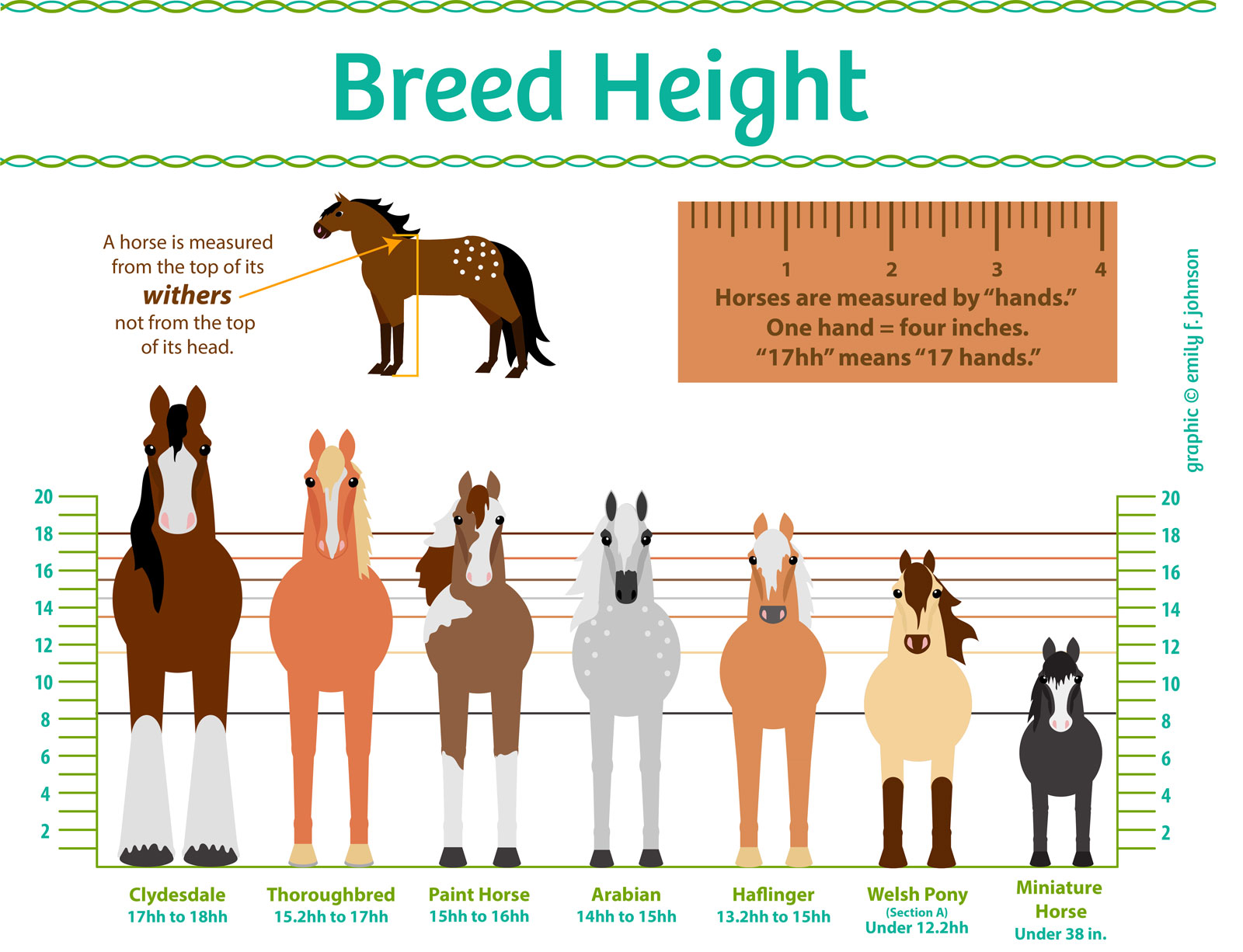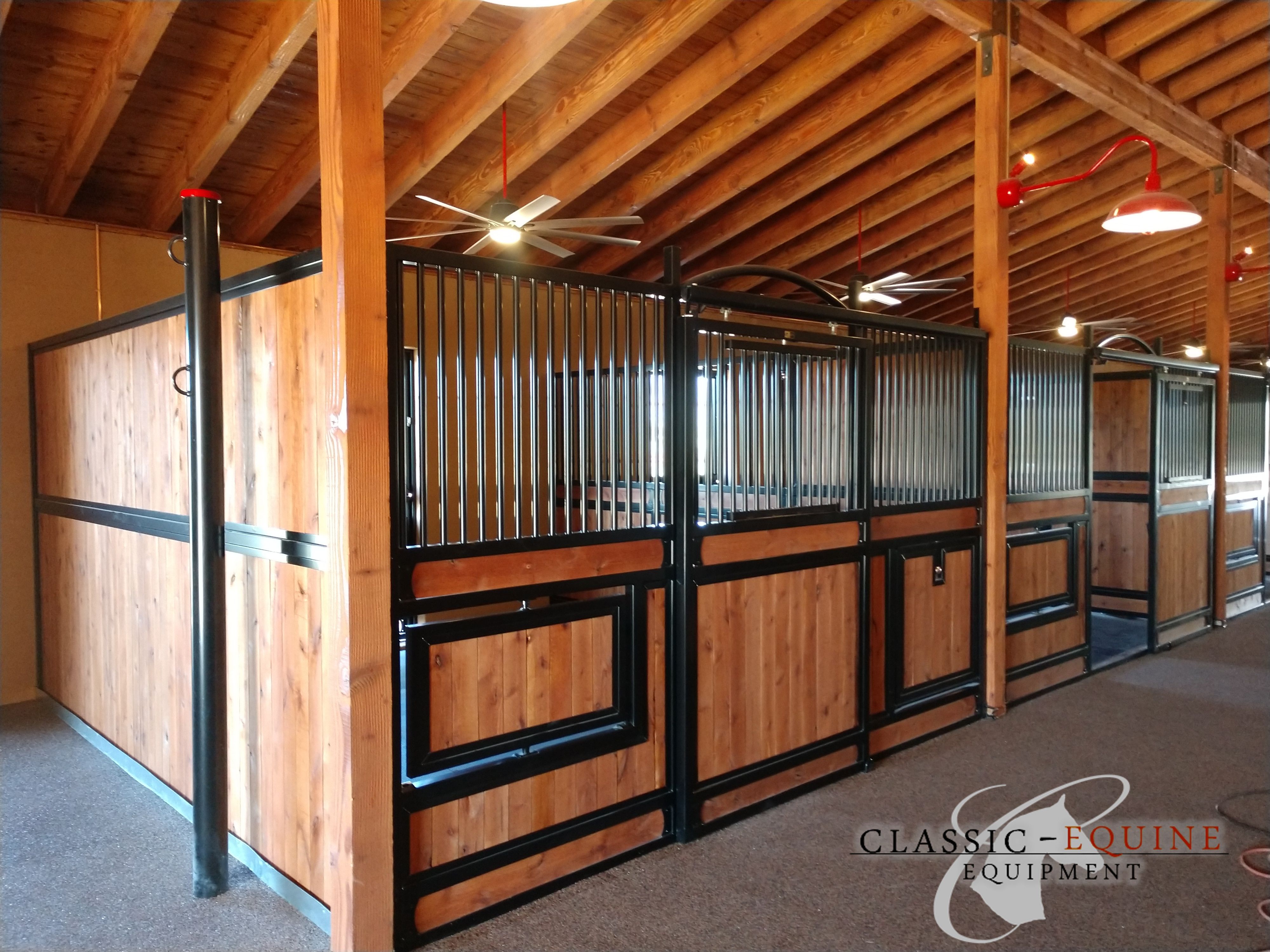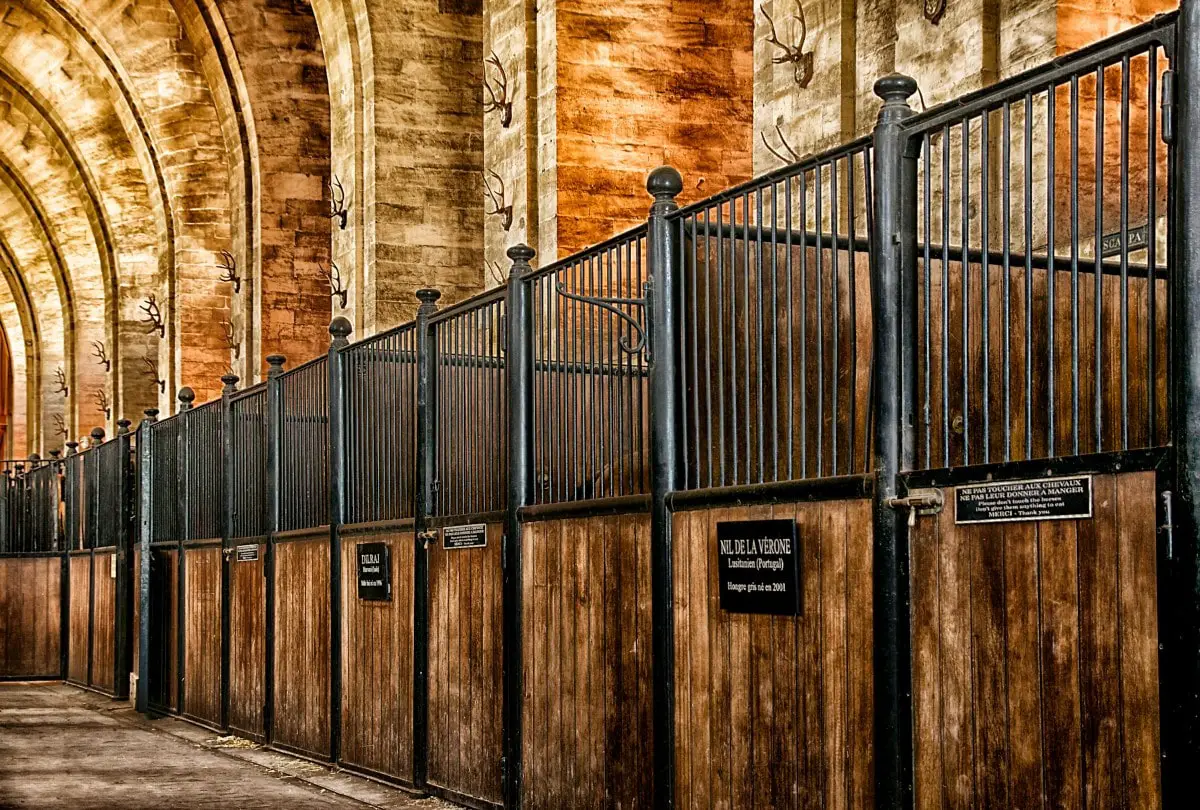Understanding the Importance of Appropriate Horse Stall Size
Ensuring that equine companions live in comfort and safety starts with understanding the appropriate horse stall size. Proper dimensions are vital for the health and well-being of these majestic animals. They require enough space not only to lie down and turn around comfortably but also to express natural behaviors. A stall that’s too small can lead to stress, which may manifest in health and behavioral issues. This post will navigate through the essentials of horse stall size requirements to ensure that horse owners are equipped with the knowledge to provide the best for their equine friends.
Standard Horse Stall Size

Equine Stall Size: What the Experts Say
Industry standards suggest that the standard horse stall size is typically 12×12 feet. This dimension is considered adequate for average-sized horses to move, lie down, and stand comfortably. However, larger breeds or those with more considerable movement needs might require more spacious accommodations. Experts within the equine community recommend that when in doubt, erring on the side of larger dimensions is preferable.
Minimum Stall Size for Horses: Ensuring Comfort and Safety
The minimum stall size for horses should never be less than 10×10 feet. This is the absolute smallest area in which a medium-sized horse can be expected to have a modicum of comfort. However, it’s crucial to note that this is not ideal. The aim is to balance spatial economy with the need for horses to have enough room to avoid feeling claustrophobic and to reduce the risk of injury.
Optimal Horse Stall Dimensions

Calculating the Best Dimensions for Your Horse’s Needs
To determine the optimal horse stall dimensions, one must consider the individual horse’s size, breed, and activity level. A simple formula is to measure the horse from nose to tail and add a couple of feet to each end. For height, ensure that the ceiling is high enough to accommodate the horse when it rears.
Horse Stall Size Variation Based on Breed and Activity Level
For instance, draft breeds will need larger stalls, such as 14×14 feet, while ponies can be comfortable in smaller spaces. Similarly, active horses or those that spend a significant amount of time in their stalls may benefit from extra space to stretch and move about. It’s about customizing the space considering the individual needs of your horse.
Horse Stable Design Considerations

Incorporating Horse Housing Specifications into Your Plan
When planning a stable, it’s essential to integrate horse housing specifications that prioritize the animal’s physical and psychological needs. This means considering not just the stall size but also the layout of the stable, ensuring there’s ample room for movement and interaction with other horses.
Designing for Ease of Movement, Health, and Safety
Design elements such as wide aisles, non-slip flooring, and proper stall partition height play a significant role in maintaining a horse’s health and safety. The goal is to create an environment that is easy to navigate for both the horse and caretaker, with every feature serving a purpose towards the animal’s welfare.
Horse Stall Fixtures and Accessories

Grain and Water Solutions in Stall Design
When considering stall layouts, one must not overlook the placement of grain and water solutions. Properly positioned feeders and automatic waterers can help prevent spillage and contamination, contributing to a clean and orderly stall environment.
Hay Feeding Systems
Similarly, hay feeding systems should be designed to minimize waste and maintain cleanliness. Options include hay racks or nets, which can be placed at a natural grazing height to promote a healthy eating posture.
Tie Rings and Other Essential Stall Features
Other features like tie rings should be securely anchored and positioned at a height and location that prevents entanglement. Stall guards or gates also need to be sturdy enough to withstand the strength of a horse while offering the necessary visibility and air circulation.
Horse Stall Doors and Entryways

Choosing the Right Stall Door for Accessibility and Security
The selection of a stall door is critical for both accessibility and security. Sliding doors are popular as they save space and minimize the risk of injury from swinging doors. They should allow for easy operation while ensuring that horses cannot accidentally open them.
Stall Door Latch Options and Placement
Regarding latches, they should be horse-proof yet easily operated by humans. Latch placement is equally important; it should be out of reach from curious horses to prevent them from tampering with the door.
Flooring for Horse Stalls

Selecting Durable and Comfortable Materials
The flooring material of a stall must be durable, comfortable, and easy to clean. Rubber mats are a popular choice, providing cushioning that can reduce strain on a horse’s legs and joints. They also facilitate easier stall cleaning and maintenance.
Maintenance and Cleaning Best Practices
Regular maintenance and cleaning are as important as the flooring material itself. A well-maintained floor keeps the stall hygienic and odor-free. Daily removal of waste and wet spots, along with regular disinfection, will help in maintaining a healthy stall environment.
Ventilation and Lighting in Horse Stalls
Creating a Healthy Environment Through Proper Airflow
Proper ventilation is essential in maintaining a healthy stall environment. It helps to control odors, reduce the accumulation of harmful gases, and maintain a comfortable temperature. Strategic placement of vents and windows can facilitate natural airflow throughout the stable.
Lighting Solutions for Horse Stalls
Adequate lighting not only assists with stable management tasks but also influences a horse’s mood and health. Natural light is preferable, but when artificial lighting is necessary, it should be bright enough to illuminate the entire stall without creating harsh shadows or glare.
Horse Barn Planning and Development
Strategic Horse Barn Floor Plan Creation
Effective horse barn planning starts with a strategic floor plan that accounts for both current and future needs. It should provide a logical flow that supports efficient stable management while ensuring the well-being of the horses. Consideration for expansion, storage, and accessibility are crucial components of a well-thought-out plan.
Post-Frame Construction and Custom Stall Needs
Post-frame construction offers flexibility in design and can accommodate custom stall needs. This type of construction is characterized by its durability and ease of assembly, making it an excellent choice for horse barns. When customizing stalls, remember to allow for individual horse preferences and habits; some may require additional features such as kick boards or chew protection.
When it comes to caring for horses, understanding their space and equipment needs is vital. For those curious about the dimensions and requirements of horse housing, our article on how big a horse stall should be provides insightful guidance. Additionally, if you’re considering transporting your horse, you may wonder about the logistics, such as the weight of trailers; find out more by reading our detailed explanation of how much a horse trailer weighs. For those interested in the profession of horse care, you might be curious about the earnings potential, so take a look at our information on how much a horse shoer makes. And for smaller equine breeds, we’ve got you covered with our guide on how much space a miniature horse needs. Whether you’re a seasoned equestrian or just starting out, these resources are here to help you provide the best for your equine companions.
Conclusion: Building a Safe and Comfortable Home for Your Horse
In conclusion, providing a safe and comfortable home for your horse hinges on meeting the horse stall size requirements and considering a myriad of other design aspects. From the horse stall dimensions to the stable’s overall layout, every detail contributes to the horse’s quality of life. By following expert guidelines and tailoring the space to your horse’s unique needs, you can create a sanctuary that promotes their health, happiness, and safety. Remember, a well-designed stall is more than just a space — it’s a crucial part of your horse’s home.



